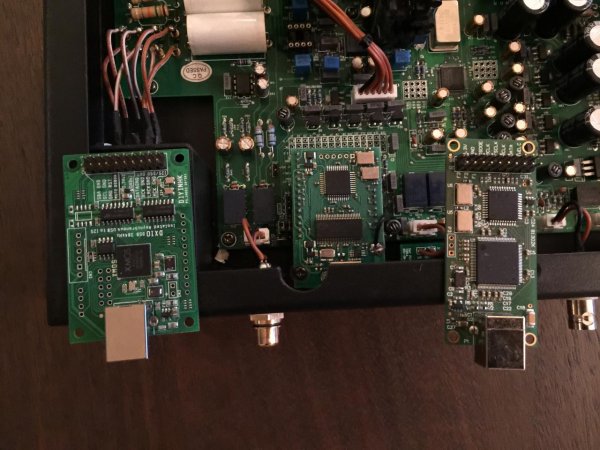Hi Guys,
There's a new streamer that has recently hit the market that uses a similar SBC and Linux installation. It's the only one I know of that has HQplayer NAA support. There's a fancy screen on the front, but isn't required for anything if used as aòn NAA. Likely only adds to the noise footprint. But it is another option that should offer the same functionality and sound. Price is only $1999:
http://www.exasound.com/PP/Overview.aspx
There is/will be streamer support NAA: SOTM SMS-100/uRendu. It is also plug and play.


